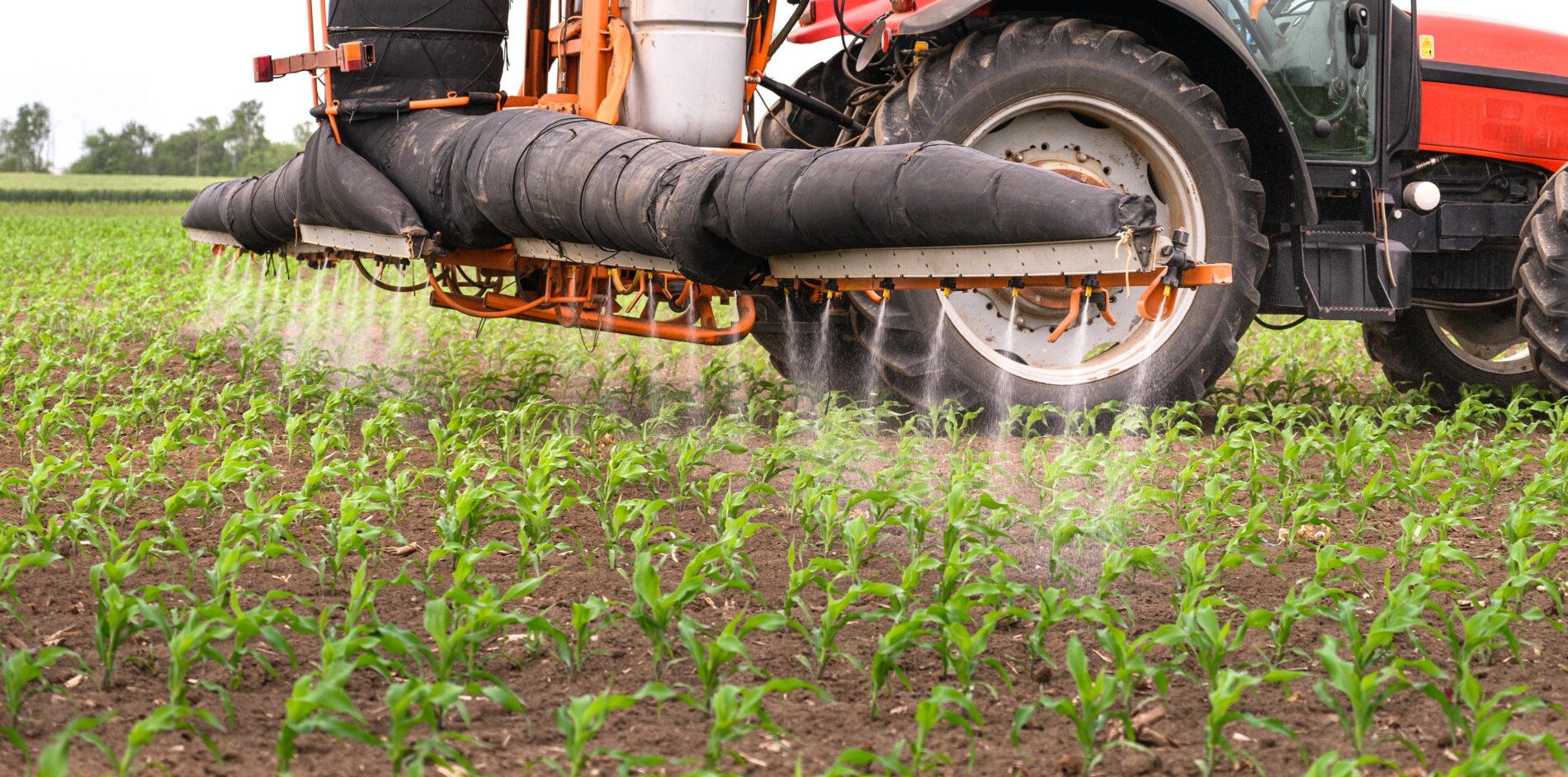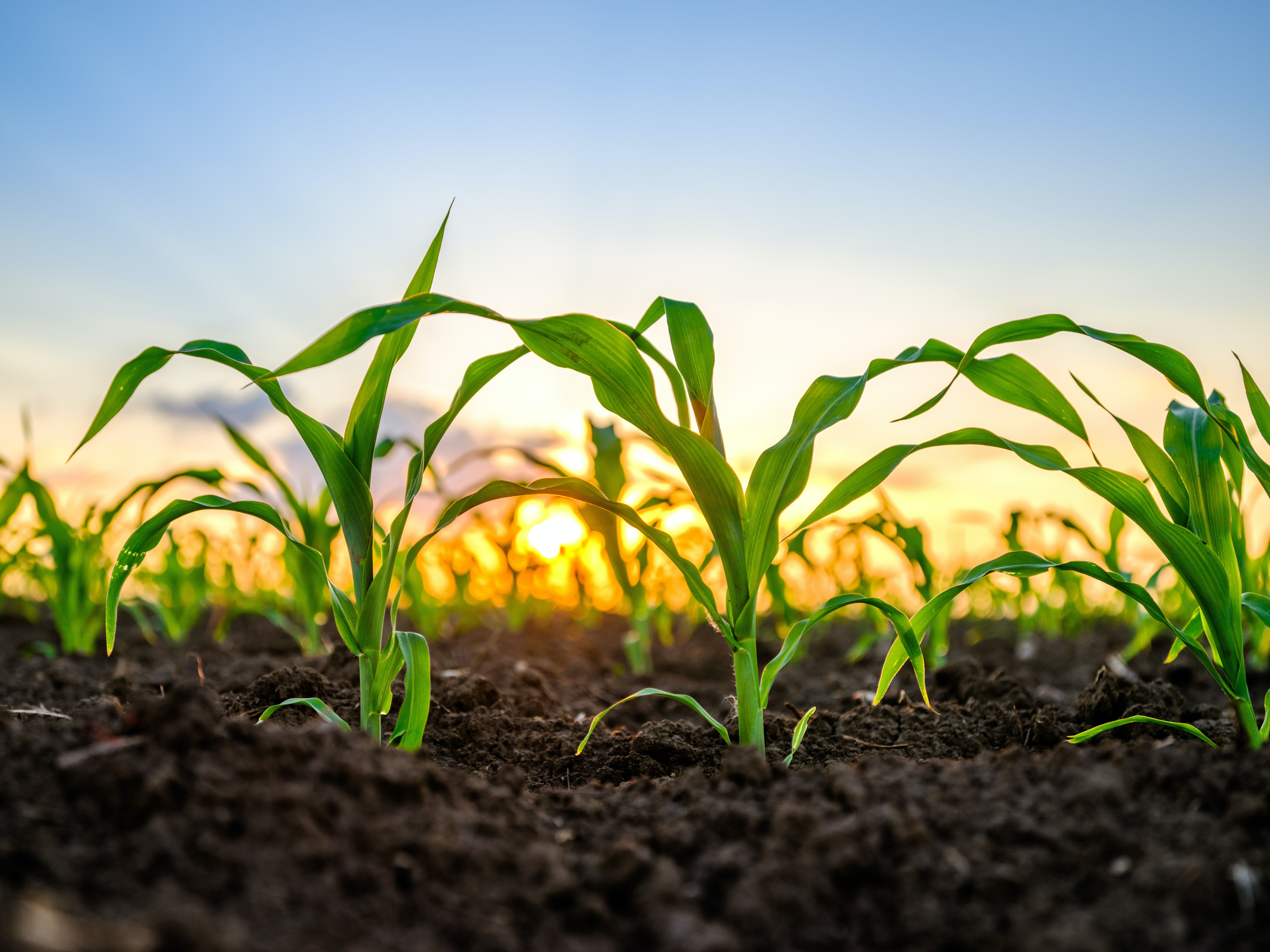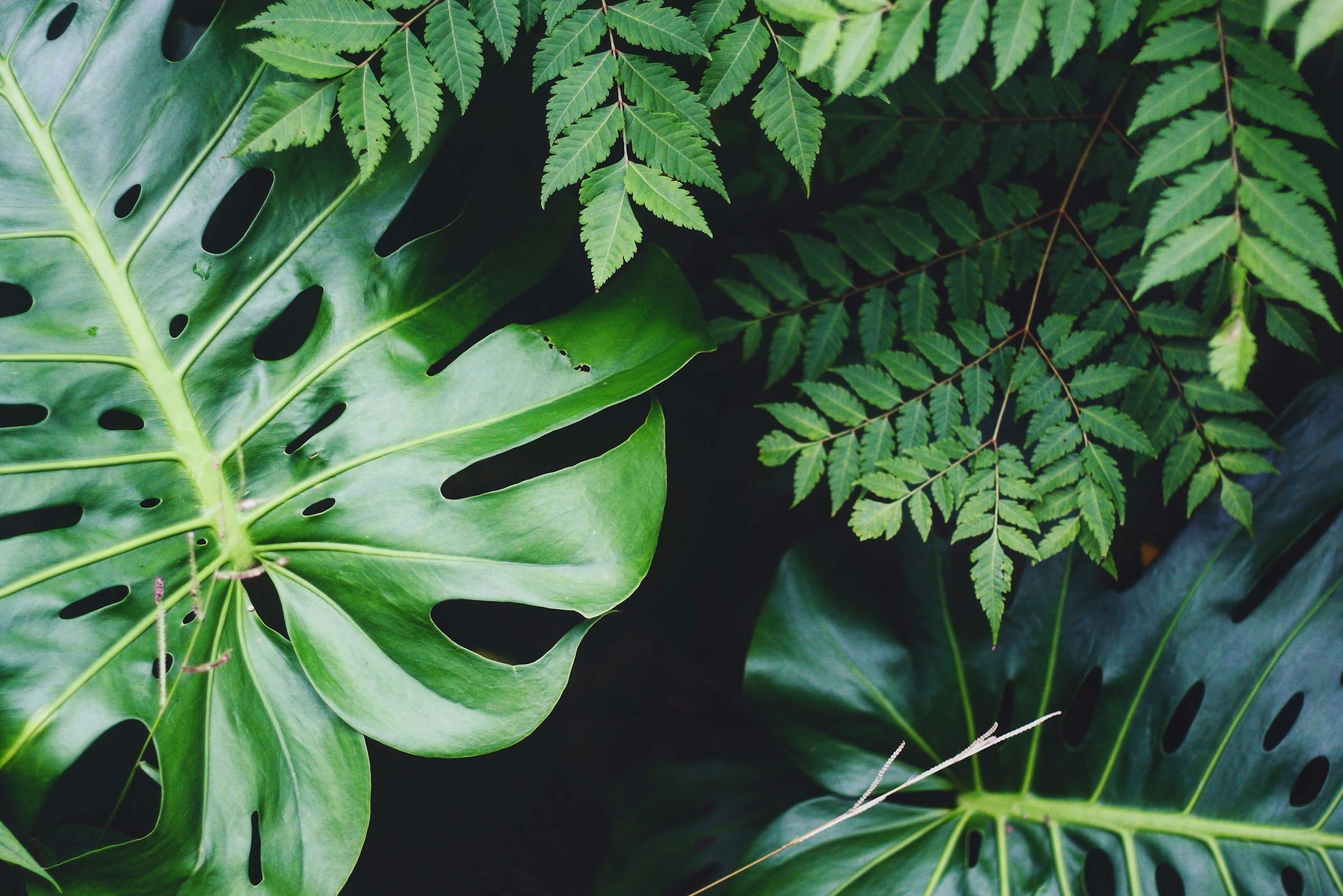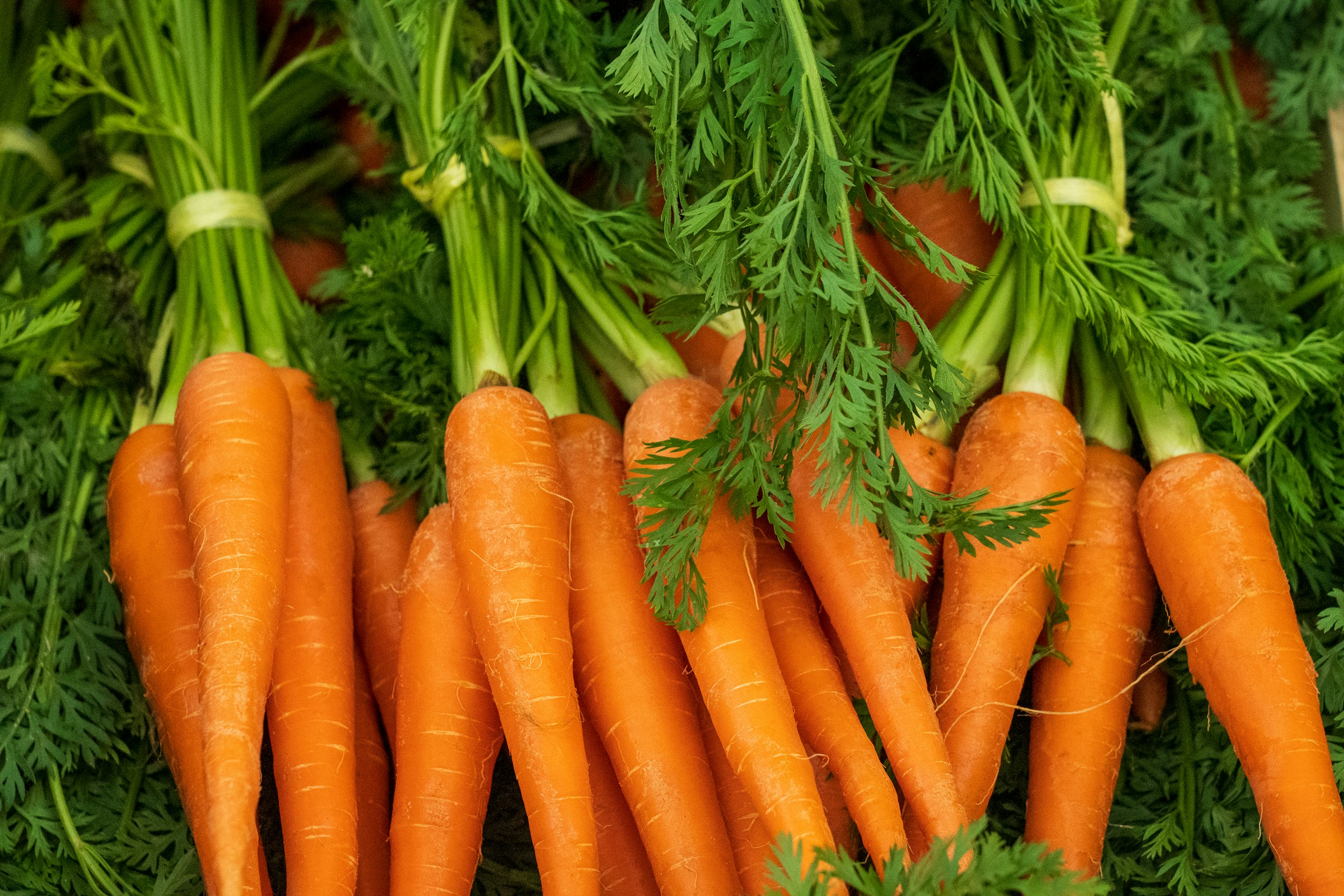How to plant corn? If you think planting sweet corn is as simple as following the advice of that age-old Native American proverb - "knee-high by the Fourth of July" - well, it's time to pop that kernel of thought. As the folks at our fertigation firm would say, there's much more to it than sunshine, water, and praying to the crop gods.
Learn more about how to plant corn by watching this informational video shared below:
Understanding Corn Plants and Its Requirements

First, let's talk white and yellow kernels of corn. Zea mays, commonly known as corn seed or maize, is a cereal grain first domesticated by indigenous people in southern Mexico about 10,000 years ago. Today, it's a globally important crop, with many uses ranging from livestock feed and ethanol production to your movie-night popcorn and corn-on-the-cob at summer barbecues.
Corn (yellow kernels) is a warm-season annual best planted in the spring and harvested in the fall. It requires full sun, ample space to grow corn and highly fertile soil.
How to Plant Corn? Soil Preparation and Nutrition

Now, onto the dirt stuff – soil preparation. Like any good relationship, corn and soil require mutual understanding and respect. The soil must be well-drained yet capable of retaining moisture and have a slightly acidic to neutral pH, ideally between 6.0 and 7.0.
Regarding soil nutrition, bright yellow kernels of corn is like that one friend we all have who can't get enough to eat. It's a heavy feeder, requiring more nutrients than many other common crops. The essential macronutrients for corn are nitrogen (N), phosphorus (P), and potassium (K), often lovingly referred to in the industry as the "big three".
Fertilizers and Their Role in Corn Cultivation

Now, let's fertilize your thoughts on fertilizers. Nitrogen is the lifeblood of corn, promoting healthy leaf and stem growth. A typical nitrogen source is urea, but don't let the name throw you off; it's perfectly sanitary.
Phosphorus aids energy transfer and root development, while potassium contributes to plant health and disease resistance. Fertilizers like superphosphate and potassium chloride can be used to deliver these nutrients.
But remember, overfertilization can lead to nutrient runoff, which is about as welcome as a raccoon at a corn roast. So, use fertilizers responsibly and always conduct a soil test before application.
The Role of Fertigation in Corn Cultivation
Now, let's delve into the heart of the matter, the reason we're all here: fertigation. If you're picturing a bunch of folks in lab coats singing "Let it Grow" while showering your own sweet corn fields with a magical growth potion, you're not entirely off base.
Fertigation is an efficient irrigation technique that simultaneously applies water and fertilizers to your crops. It offers precise control over the nutrient application, ensuring your young corn plants get the proper nutrients at the right time. Think of it as a two-for-one deal at the grocery store but for your corn patch.
In corn cultivation, fertigation can enhance nutrient uptake, improving crop health and yield. For instance, nitrogen can be applied during the critical growth stages when corn plant is most hungry for this nutrient. But like any good thing, it requires moderation. Too much water can lead to nutrient leaching, and too little may result in nutrient deficiency.
Frequently Asked Questions
What type of soil is best for growing corn?
Corn prefers well-drained, loamy soil rich in organic matter. It also does well in slightly acidic to neutral pH conditions (6.0-7.0).
How much water do you need to grow sweet corn?
Corn needs about 1 inch of water per week, particularly when the stalks begin to tassel.
How long does it take for corn to mature?
Depending on the variety, corn usually takes between 60 and 100 days to reach maturity after planting.
What kind of fertilizers are recommended for corn cultivation?
So, there you have it, folks. Planting corn might be more complex than pie, but it's achievable with the proper knowledge and approach. Soil preparation and nutrition, responsible fertilizer use, and the magic of fertigation are the ingredients for a bumper corn harvest.
Final Thoughts
So, there you have it, folks. Planting corn might not be as simple as pie, but it's certainly achievable with the right knowledge and approach. Soil preparation and nutrition, responsible fertilizer use, and the magic of fertigation - these are the ingredients for a bumper corn harvest.




